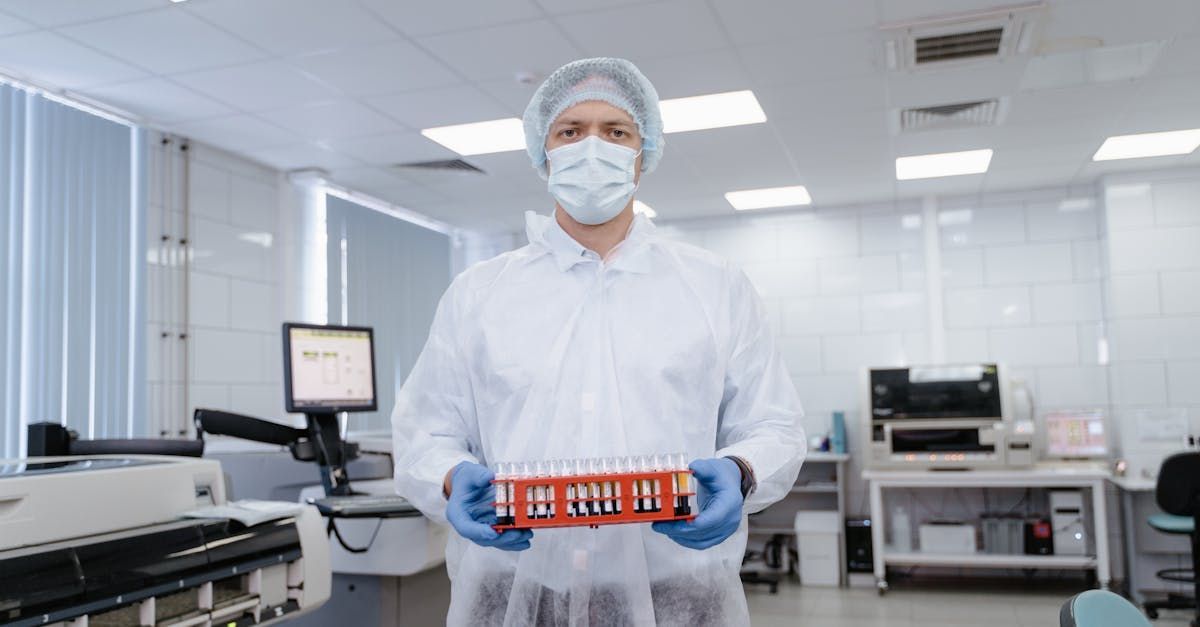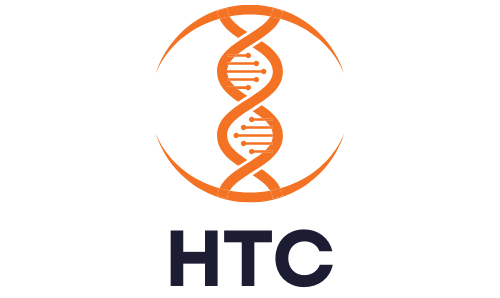Investing in HealthTech Solutions for Rehabilitation and Physical Therapy
Rehabilitation and physical therapy are critical components of the healthcare system, essential for helping patients recover from injuries, surgeries, and chronic conditions. The industry has long relied on traditional methods and hands-on treatments, but the advent of HealthTech is revolutionizing this field. HealthTech solutions offer innovative ways to enhance patient care, improve outcomes, and optimize resources. This blog explores the potential of investing in HealthTech solutions for rehabilitation and physical therapy, detailing the benefits, challenges, and future trends.
HealthTech, or health technology, refers to the application of technology to improve health and healthcare services. In rehabilitation and physical therapy, HealthTech encompasses a wide range of tools and applications designed to enhance treatment and recovery processes. This includes wearables, virtual reality (VR), artificial intelligence (AI), and mobile health applications, all aimed at providing more effective and personalized care.
Key Components and Technologies Involved
- Wearables: Wearable technology includes devices like fitness trackers, smartwatches, and specialized medical devices that monitor various health metrics such as heart rate, movement, and muscle activity. In rehabilitation, wearables can track patient progress, provide real-time feedback, and ensure exercises are performed correctly.
- Virtual Reality (VR): VR technology creates immersive environments that can be used for therapeutic exercises and pain management. VR can simulate different scenarios for patients to practice movements and skills in a controlled and engaging way, making rehabilitation more interactive and enjoyable.
- Artificial Intelligence (AI): AI algorithms analyze vast amounts of health data to provide personalized treatment plans and predictive analytics. In physical therapy, AI can help design customized exercise regimens, monitor patient adherence, and predict outcomes based on patient data.
Examples of HealthTech Applications
HealthTech applications in rehabilitation and physical therapy are diverse. For instance, VR platforms like Reflexion Health provide virtual exercise coaching, while wearables like the Halo Band monitor muscle activity to ensure correct exercise form. AI-powered tools like Physitrack offer personalized exercise programs and track patient progress through a mobile app. These technologies not only enhance the effectiveness of rehabilitation but also improve patient engagement and adherence to treatment plans.
Benefits of HealthTech in Rehabilitation and Physical Therapy
HealthTech solutions have the potential to significantly improve patient outcomes by providing more precise and tailored treatments. Wearables and AI tools offer real-time feedback and adjustments to therapy regimens, ensuring exercises are performed correctly and effectively. This can lead to faster recovery times and better overall health outcomes.
HealthTech enables the creation of personalized rehabilitation plans tailored to the unique needs of each patient. AI algorithms can analyze patient data to develop customized exercise regimens, while telehealth platforms allow for remote consultations and ongoing monitoring. This personalized approach ensures that patients receive the most appropriate and effective care, improving adherence and satisfaction.
By reducing the need for in-person visits and hospital stays, HealthTech can lead to significant cost savings for both healthcare providers and patients. Remote monitoring and telehealth consultations decrease the burden on healthcare facilities, allowing resources to be allocated more efficiently. Additionally, early detection and intervention facilitated by HealthTech can prevent complications and reduce long-term healthcare costs.
- Reflexion Health: Reflexion Health uses VR to guide patients through therapeutic exercises. The platform provides real-time feedback and progress tracking, making rehabilitation more engaging and effective. Studies have shown that patients using Reflexion Health experience faster recovery and better adherence to their exercise regimens.
- Halo Band: The Halo Band by Amazon is a wearable device that monitors muscle activity, providing insights into exercise performance. By ensuring that exercises are performed correctly, the Halo Band helps prevent injuries and improve outcomes. Users report increased motivation and better adherence to their therapy plans.
- Physitrack: Physitrack offers an AI-powered platform that provides personalized exercise programs and tracks patient progress. The platform includes video demonstrations and progress tracking, making it easy for patients to follow their prescribed exercises. Clinical studies have demonstrated improved patient outcomes and satisfaction with Physitrack.
- Remote Monitoring for Stroke Rehabilitation: The use of wearables and telehealth platforms has significantly improved stroke rehabilitation outcomes. Patients can perform exercises at home while being monitored remotely by their therapists. This approach has been shown to improve recovery rates and reduce the need for hospital visits.
- AI in Sports Injury Rehabilitation: AI-powered platforms like DARI Motion analyze movement patterns to provide personalized rehabilitation plans for athletes recovering from injuries. These platforms have been successful in reducing recovery times and preventing re-injury, leading to better long-term outcomes for athletes.
These case studies highlight the importance of user-friendly design, real-time feedback, and personalized care in HealthTech solutions. Successful implementations demonstrate that when patients are engaged and receive tailored treatment plans, their outcomes improve significantly. Additionally, integrating HealthTech solutions into existing healthcare systems requires careful planning and collaboration among stakeholders.
Challenges and Risks
Despite the many benefits, the adoption of HealthTech solutions in rehabilitation and physical therapy faces several challenges. These include technical issues, such as device reliability and data accuracy, as well as broader concerns related to access, equity, and user acceptance. The rapid pace of technological change can also make it difficult for healthcare providers and patients to stay up-to-date with the latest developments.
HealthTech solutions must comply with various regulatory requirements to ensure safety and efficacy. In the United States, devices and software intended for medical use are regulated by the Food and Drug Administration (FDA), which requires rigorous testing and validation. Similarly, data privacy regulations, such as the Health Insurance Portability and Accountability Act (HIPAA), mandate strict safeguards for patient information. Navigating these regulatory landscapes can be complex and time-consuming, presenting a significant barrier to the adoption of new technologies.
To overcome these challenges, HealthTech companies and healthcare providers must adopt a proactive and collaborative approach. This includes engaging with regulators early in the development process to ensure compliance, investing in robust cybersecurity measures to protect patient data, and providing ongoing education and support to families. Additionally, efforts to increase access and reduce disparities, such as offering sliding scale pricing or partnering with community organizations, are essential to ensure that all patients can benefit from HealthTech innovations.
Investment Opportunities in Rehabilitation and Physical Therapy HealthTech
Identifying Promising HealthTech Companies and Technologies
The rehabilitation and physical therapy HealthTech market offers numerous investment opportunities, driven by the growing demand for innovative solutions to improve patient outcomes. Key areas of interest include wearable devices, VR platforms, AI-powered diagnostics, and telehealth solutions. Investors should look for companies with a proven track record of success, strong intellectual property portfolios, and scalable business models.
Factors to Consider When Investing in This Field
When evaluating potential investments in rehabilitation and physical therapy HealthTech, investors should consider several factors, including the regulatory environment, market demand, competitive landscape, and the company's leadership team. It is also important to assess the clinical evidence supporting the technology, as well as its potential to achieve widespread adoption and generate sustainable revenue.
Long-Term vs. Short-Term Investment Strategies
Investors in rehabilitation and physical therapy HealthTech must balance long-term growth potential with short-term financial performance. While some technologies may offer immediate returns, others may require significant time and resources to achieve regulatory approval and market penetration. A diversified investment strategy, combining high-growth startups with more established companies, can help mitigate risk and maximize returns.
Future Trends and Innovations
The future of rehabilitation and physical therapy HealthTech is shaped by several emerging trends, including the increasing use of AI and machine learning, the integration of digital health tools with electronic health records (EHRs), and the development of precision medicine approaches tailored to individual patient profiles. Additionally, advances in wearable technology and remote monitoring are likely to drive further innovation in this field.
Technological advancements have the potential to revolutionize rehabilitation and physical therapy by enabling earlier diagnosis, more personalized treatments, and continuous monitoring of health status. For example, AI algorithms can analyze vast amounts of health data to identify early signs of deterioration, while wearable devices can track vital signs and other health metrics in real time. These innovations can help healthcare providers deliver more proactive and effective care, improving outcomes for patients and reducing the burden on healthcare systems.
Over the next decade, rehabilitation and physical therapy HealthTech is expected to become increasingly integrated into routine care, with digital health tools and remote monitoring becoming standard practice. Advances in AI and machine learning will enable more targeted and effective treatments, while the development of precision medicine approaches will ensure that each patient receives the most appropriate care. Additionally, efforts to increase access and reduce disparities will be critical to ensuring that all patients can benefit from these innovations.
Conclusion
We have explored the transformative potential of HealthTech innovations in rehabilitation and physical therapy, examining their benefits, challenges, and future directions. Key points discussed include the role of wearables, VR, and AI in improving patient outcomes, the importance of regulatory compliance and data security, and the investment opportunities available in the rehabilitation and physical therapy HealthTech market.
HealthTech innovations have the potential to revolutionize rehabilitation and physical therapy, providing more precise, personalized, and accessible treatments for patients. By leveraging advanced technologies, healthcare providers can deliver better outcomes and improve the quality of life for patients and their families. However, realizing this potential requires addressing the challenges and risks associated with HealthTech adoption and ensuring that all patients have access# Investing in HealthTech Solutions for Rehabilitation and Physical Therapy










